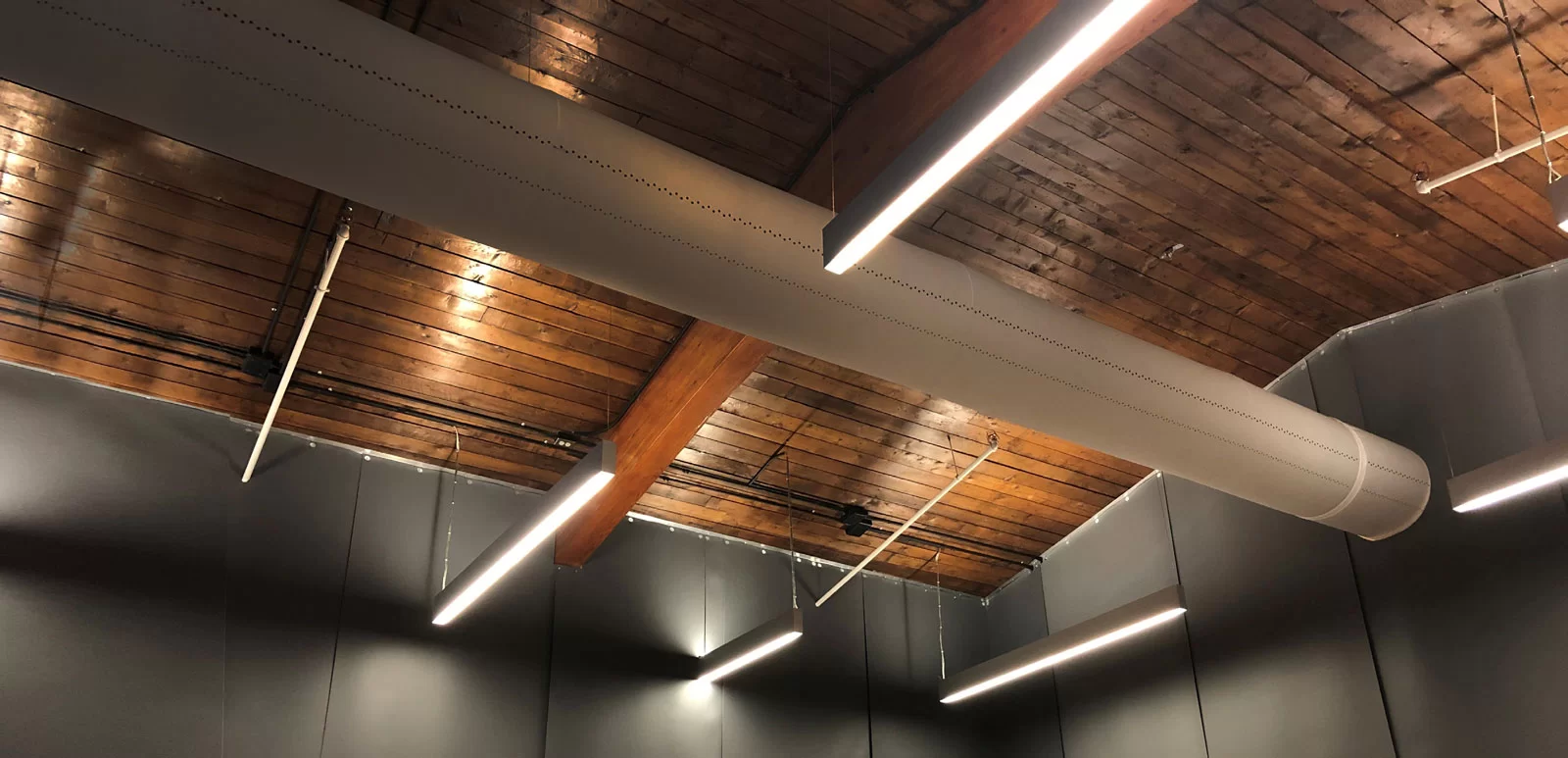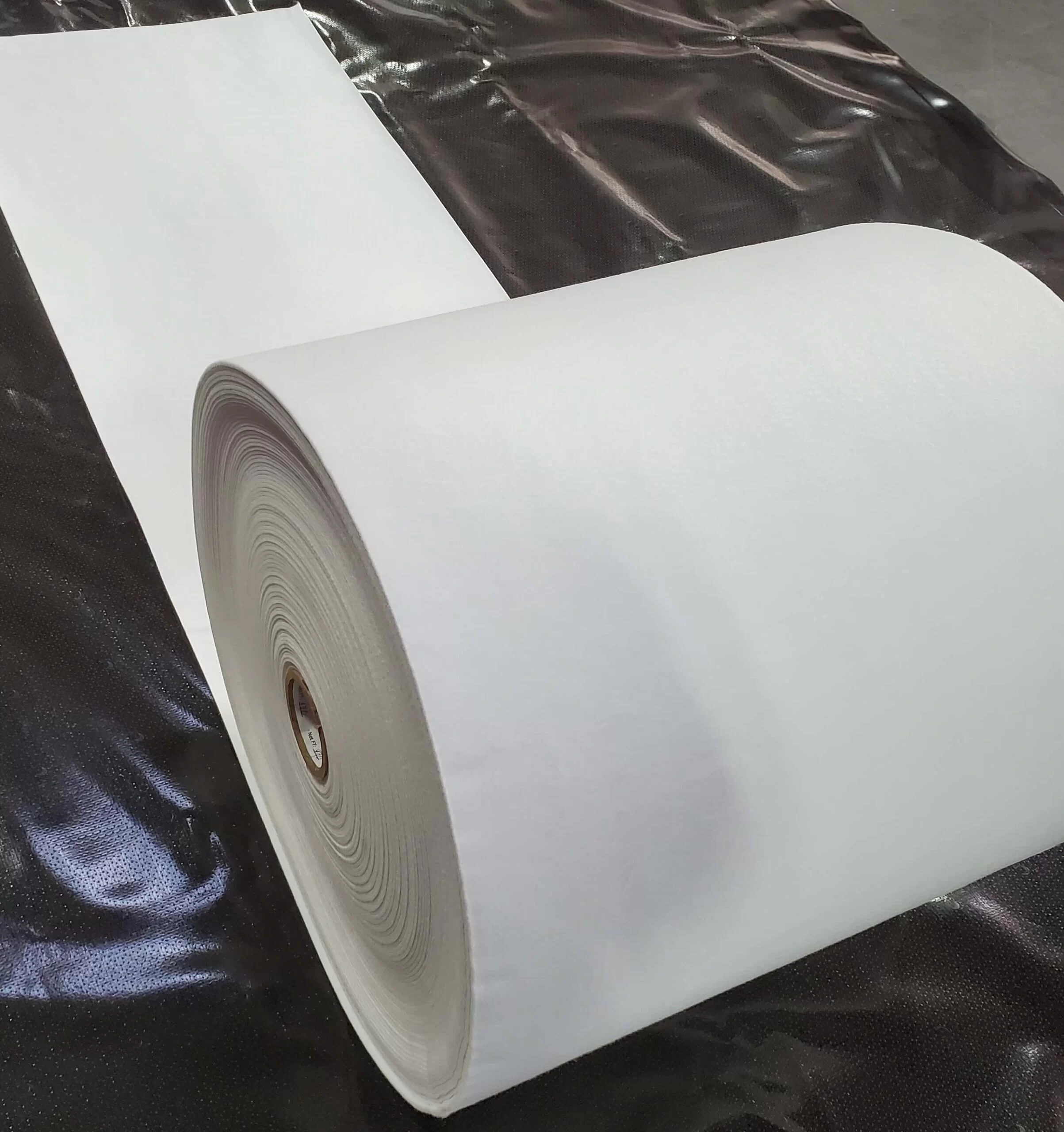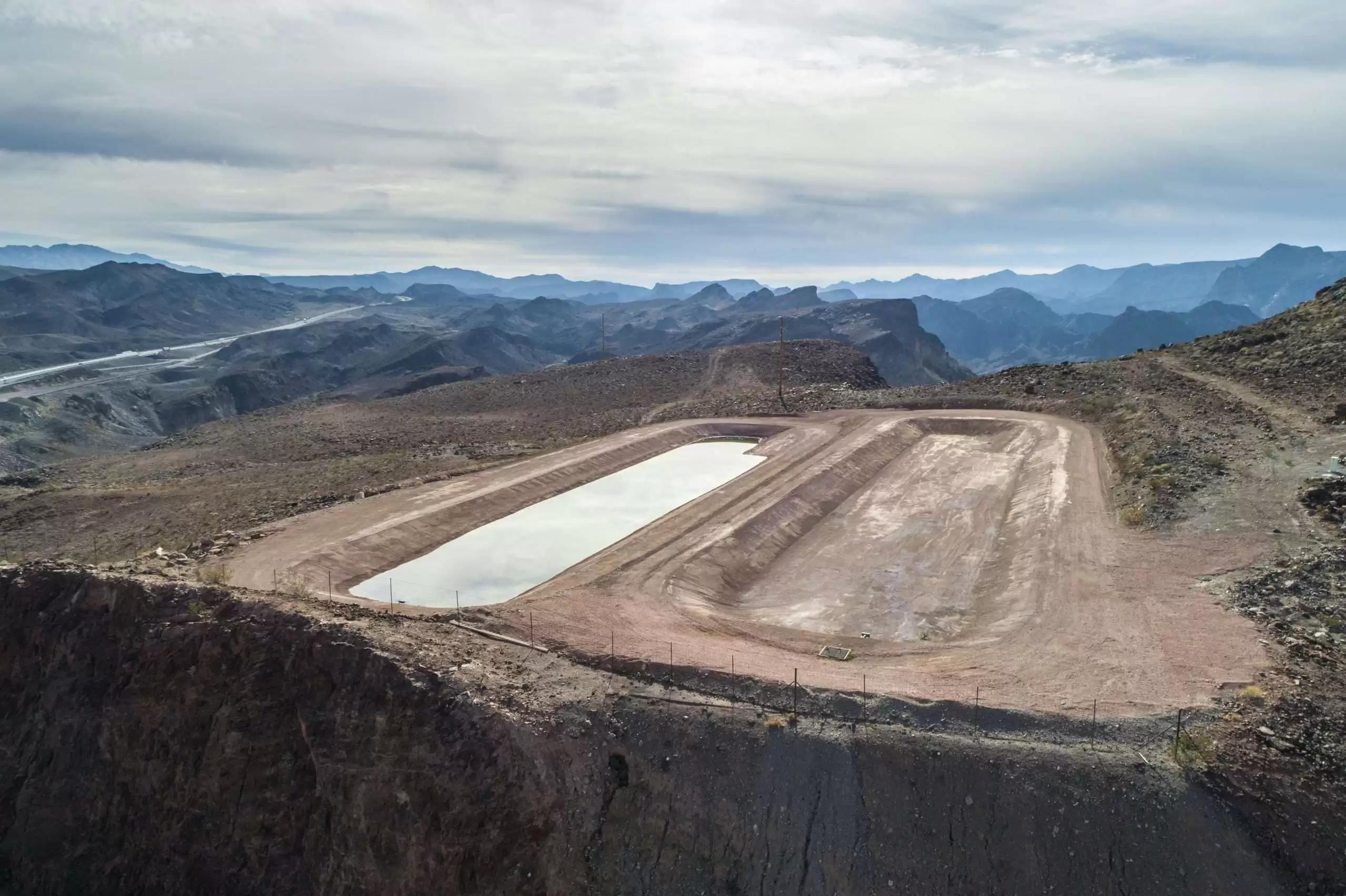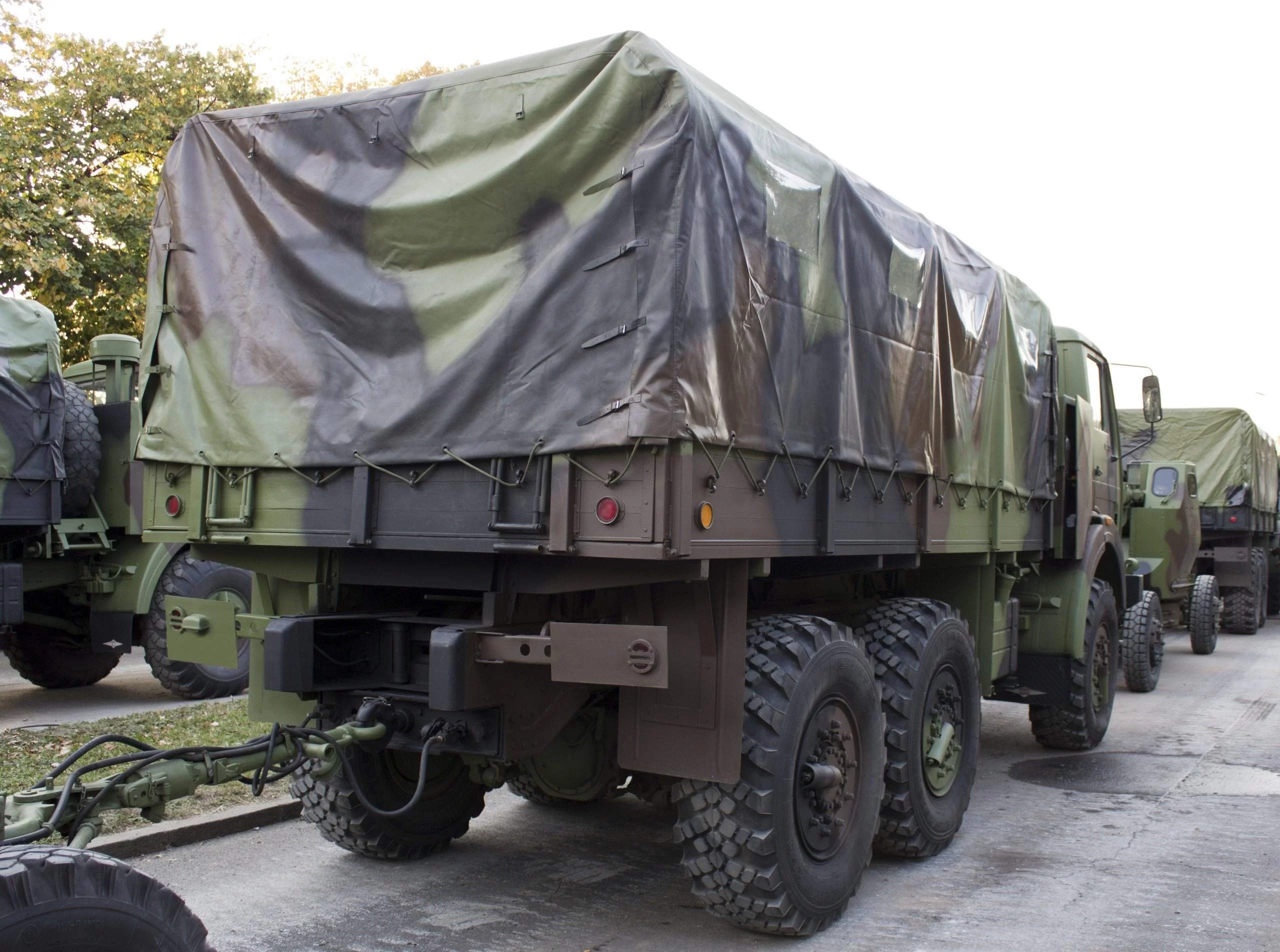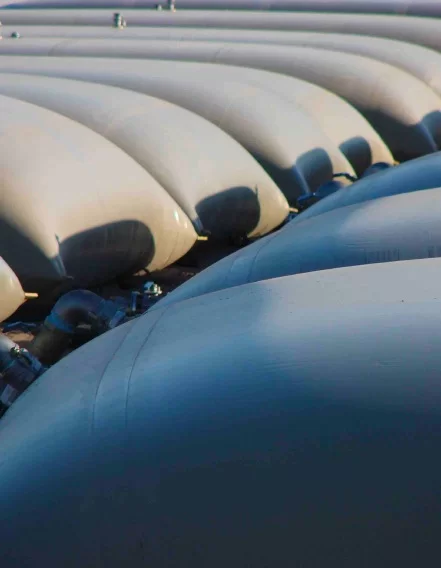From the Desk of Our President:
I was raised in the textile manufacturing industry in the United States, with only one friend outside of work involved in a similar field. The majority of my non work relationships work in a wide variety of professions mainly though in finance. I take immense pride in my work and relish any opportunity to discuss it with interested listeners. Whenever I reveal my occupation to new acquaintances, they’re invariably surprised. It’s not just that I’m in manufacturing, but specifically, textiles. Many are astounded that textile production still exists in America, yet it does. I can count numerous amiable and not-so-amiable competitors in the same line of work.
One may wonder how a textile manufacturer competes in the USA. Our success hinges on multiple factors. Our people, our products
Most importantly, the USA is a global leader in oil, and consequently in refining petrochemicals, the foundation of plastic production. This ensures not just stable, but also cost-effective pricing for plastics in America. This domestic production plays a significant role in establishing our nation’s global standing.
Our Team at RMA and E Squared is a diversified group of individuals from all over the world. People sometimes forget that we are still a melting pot of the world. This diversity is what helps us thrive and allows us to address problems in different ways and perspectives. Our production and technical team consists of people from Venezuela, Dominican Republic, Turkey, India and Malaysia.
A key for us in manufacturing our textiles in the USA is to stay diverse not only in personnel but in the products we produce. At our factory in Hillside NJ, we produce products that run the gamut of uses from Roofing to Sewer rehabilitation, reservoir liners to safety tarps for utility companies. This ability span so many industries keeps us moving along. We rarely say no to development projects. We love the challenges that are brought to us everyday, they help us push the limits.
The largest expense in our manufacturing process is raw materials and the logistics involved in their transportation. Direct labor costs are comparatively lower as an overall cost. We source most of the polymers we use locally, transported directly to us in bulk by truck or railcar. Interestingly, the knit and woven fabrics we coat usually make up a small percentage of our overall raw material costs. The polymers we use for coating constitute the bulk of our costs. So come to think of it, maybe I should consider ourselves in the polymer processing business.
Our competitive edge within the USA also stems from lower transportation costs compared to other countries, largely due to more affordable fuel prices. Electricity costs are also lower, helping keep our marginal power costs down in comparison to our European competitors.
Despite complaints about our aging infrastructure in the USA, it remains remarkably reliable. Power outages are seldom an issue, except for isolated incidents in certain regions. In contrast, power disruptions are a frequent occurrence in many countries like South Africa and many countries in Latin America. When you couple that with reasonable and stable power costs, US manufacturing when compared to other countries looks pretty good.
There are also substantial barriers to entry in many of our product lines. Consider, for instance, our largest market, commercial roofing membranes. Establishing a PVC roofing production plant requires considerable capital and specialized knowledge. Furthermore, the extensive time and independent testing certifications needed present additional challenges. Add to these the inefficiently run certifying groups, and the entry barriers become even more formidable. Once past these, you still need trained personnel to install your systems domestically on job sites. This is where labor becomes a significant part of the cost, and it’s one expense that can’t be outsourced.
As much as I hate to say it, the US government has changed its tune about manufacturing domestically. There are many initiatives at both the federal and state level to support us manufacturing. The Berry Amendment and Buy America regulations for both military and infrastructure projects are a help in what we are doing. The state of NJ is even offering grants for manufacturers today for companies to invest in new technology.
Finally, innovation is key to our survival and growth. We are always seeking new production methods, exploring different applications, and inventing novel solutions. This approach keeps us engaged and energized. No two days are the same, and there is always a new challenge to tackle, which is why I love manufacturing in the USA.

